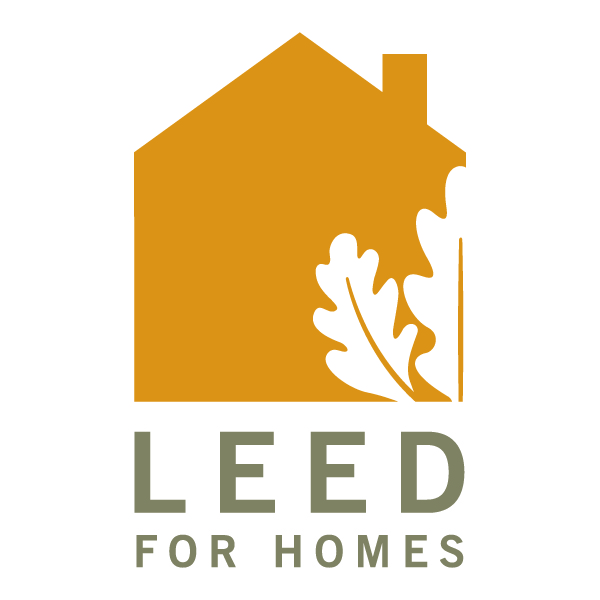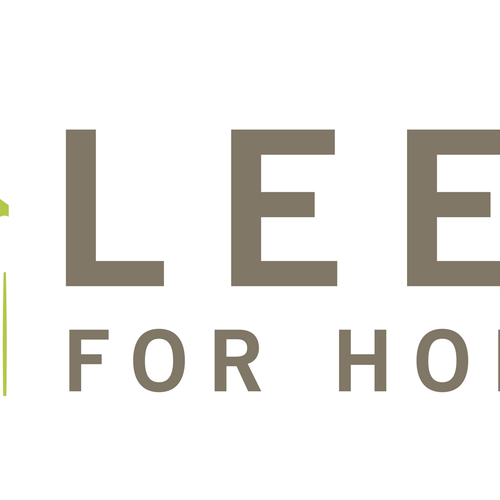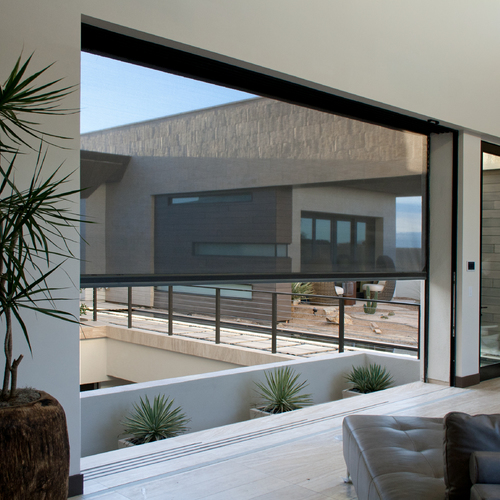
It seems as though the National Green Building Standard, and NAHB in general, have been getting a lot of heat here and elsewhere lately, so I think it is time to ruffle the feathers of LEED for Homes and the USGBC. In my work providing certification under both programs, I have uncovered many of their deep, dark secrets. Both have very specific requirements and unique gaps that will be addressed in detail in future articles on GBA. In the meantime, just to keep things interesting, I thought I would review some of the features of LEED for Homes that read somewhere between confusing and incomprehensible.
A balancing act
As I understand it, the initial goal of LEED for Homes was to have a total of 100 available points to earn. While this makes a certain amount of sense (we do, after all, score lots of things on a 0 to 100 scale), it proved to be too much of a challenge, and the program ended up with a 45- to 136-point range. Obtaining certification at the different levels—Certified, Silver, Gold, or Platinum—requires a range of points, determined by house size and number of bedrooms. As LEED has fewer points available than other programs, each of those points becomes extremely valuable when seeking certification.
What’s the point?
This shortage of available points has caused some significant imbalances in their value. For example, if you install a $10 timer on a bath fan, you get a full point. If you hire a third-party inspector to perform a flow test on that same fan, and if it tests out within specs, you get another point. The first one is simple, cheap, and guaranteed, while the second is complicated, expensive, and, if the flow test doesn’t meet the equipment requirements, you don’t even get the point. Both practices are highly recommended, but there is a significant disparity in the cost/benefit ratio.
“Point shopping” in the certification process is common. Builders start with the least expensive points, then they go for the more expensive ones until they get to the level they are seeking. This practice seems to be exacerbated by the relatively few points available.
Curiouser and curiouser
To me, the most curious requirement in LEED for Homes is the prerequisite on material use. The builder must develop a “lumber waste factor,” an ill-defined document showing that he/she did not overorder framing materials. While I agree that avoiding waste in the construction process is very important, I have yet to find a satisfactory explanation for this requirement. It would be very interesting to see research showing that this requirement actually has an effect on the amount of job-site waste.
Gaming the system
Each project also requires a climate- and project-specific “durability plan,” including a risk evaluation form and an inspection checklist. In theory, this makes sense, but in practice, the durability plan can be subject to “gaming” by the builder, either intentionally or through ignorance.
One major problem with the durability plan is that there are no requirements for standard exterior moisture control measures. The project team creates its own durability plan, and if it is decided to omit critical measures such as a weather-resistant barrier or window flashing, the project still could receive LEED Home certification. This is not very likely, but it certainly could happen if someone either chose to game the system or just didn’t know any better. In my capacity as a Green Rater on LEED Homes, I have seen many incomplete durability plans, almost all because the project team was ignorant of the LEED program.
Results not yet in
As LEED for Homes is still fairly new, and the Green Building Standard even newer, we will have to wait for a critical mass of certified projects before we can pass judgment on the true value of either. In the meantime, however, I think it is important to bring these issues to the attention of the industry and the sponsoring organizations. As they revise their programs, we can only hope that they listen to the end users and incorporate good suggestions. And I always enjoy ruffling feathers.
Weekly Newsletter
Get building science and energy efficiency advice, plus special offers, in your inbox.















One Comment
Changes to LEED for Homes
Thanks for the article. Now it's time to start working on those changes to the rating system. USGBC is starting the technical development process for revising the current version of the LEED for Homes Rating System to make it more appropriate, usable and geared towards market transformation. Please see the link below to participate:
http://www.zoomerang.com/Survey/survey-intro.zgi?p=WEB228L4W3ZLUN
This survey will be open until July 31, 2009, and you may submit as many comments as you would like within that time. Please note that this comment period is for technical Rating System changes only, and will not address delivery model, pricing etc.
Log in or create an account to post a comment.
Sign up Log in